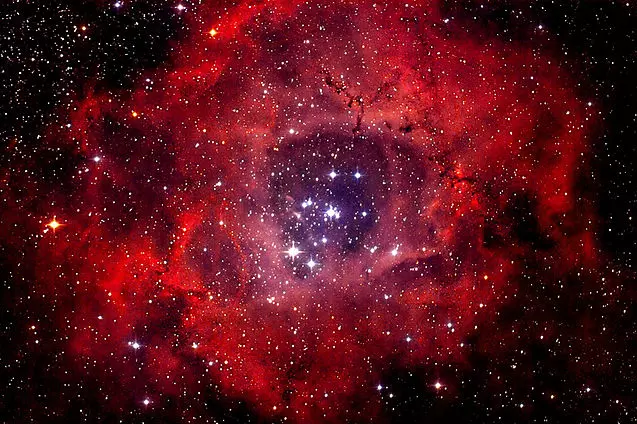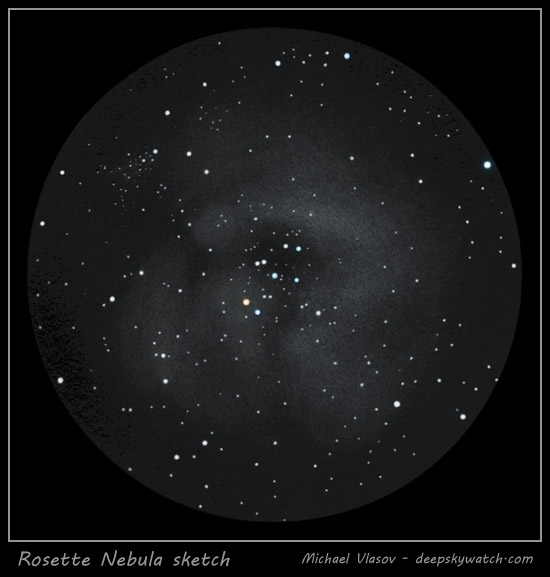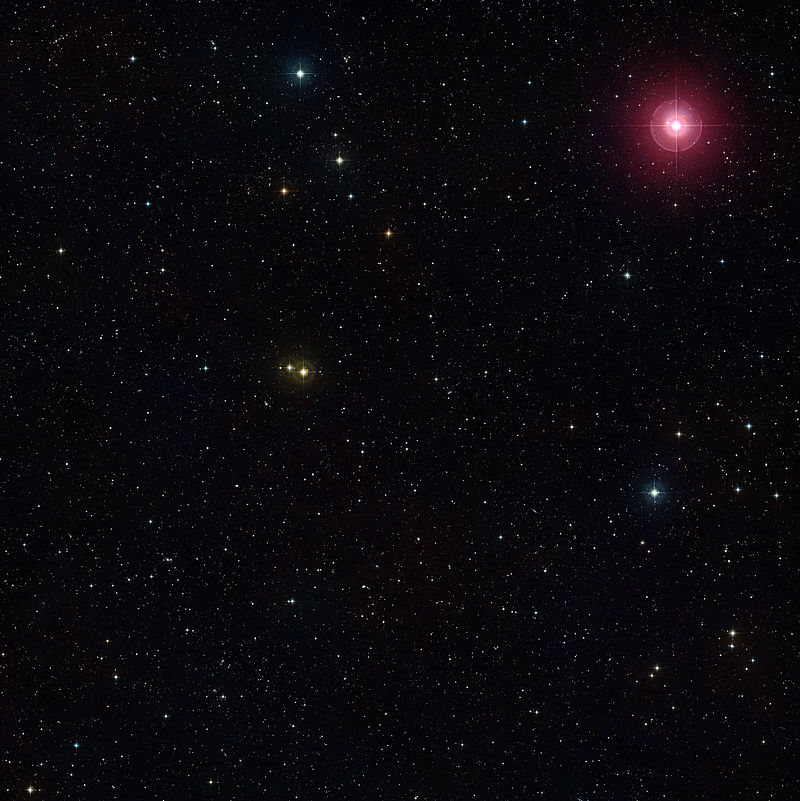I should not be the first person to comment on this image, because I'm the Color Commentator. I really really like RGB images, and I love all things blue. The APOD offers me neither.
Okay, but let's start with what is good about this APOD.
APOD Robot wrote:
This remarkably sharp image...
It is. And the colors are striking and captivating, too. An interesting aspect of the APOD is that it shows us three horns of Thor's Helmet, not just two, which is how Thor's Helmet is usually portrayed. The horns or legs look very impressive and sort of menacing. Beware of the angry Viking, or, more likely, beware of the insectoid or arachnid creature from space!!!


However, on a less fanciful note, let's compare a part of the APOD with an RGB image of Thor's Helmet:
You can see that the green color of Thor's "hat" is reasonably similar in both images. The green color comes from OIII at 501 nm, and it represents a high level of ionization typically found near very hot stars.
However, in the picture by Cosmic Photo, the green color is mostly limited to Thor's "hat", while in the APOD it extends much further. This may not be wrong, of course. Indeed, it may show us the full extent of the OIII emission.
You can see that the red "horns" of Thor's Helmet are clearly red in the RGB image, but they are orange-brown in the APOD. The red color comes from ionized hydrogen, hydrogen alpha, at 656 nm, and probably also from ionized nitrogen, NII, at 658 nm. I find the orange-brown color a bit strange, although it obviously has something to do with the dust content in the "horns".
And now for the blue stuff. Sigh.
You could say that the ionizing star, WR 7 or HD 56925, is surrounded by so much gas and dust that its light can't possibly look very blue as seen from the Earth. And you would be right, too. The light that reaches us from this star does not looking strikingly blue. Its apparent color is, in fact, very similar to the color of the star Altair.
Altair looks bluish in this picture from John Chumack, but it doesn't look blue to the eye. It looks white to the eye, although it may indeed look bluish when seen through a relatively large telescope. I have seen it look blue-white myself through a 14 inch telescope.
Here's my point, though. Altair certainly doesn't look
yellow to the eye. And it most definitely doesn't look
orange.
Take a look at the APOD again. Where is the mighty ionizing star, WR 7? Perhaps we don't see it, because there are starless pictures of nebulas. But if we don't see it, then what is that small orange speck located just where the image from Cosmic Photo showed us that WR 7 is found? Isn't the orange speck WR 7?
Isn't the orange speck in the APOD the hot central star of Thor's Helmet, WR 7? If it is, the Color Commentator is not so happy.
Ann
 Thor's Helmet
Thor's Helmet








